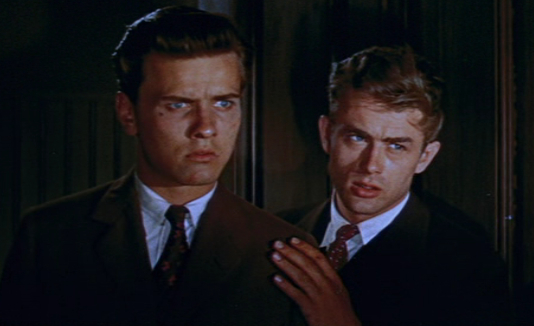Wednesday, 23 April 2014
Saturday, 19 April 2014
East of Eden

"Now, there are many millions in their sects and churches who feel the order "Do thou" (rule over sin) and throw their weight into obedience. And there are millions more who feel predestination in "Thou Shalt". Nothing they may do can interfere with what will be. But "thou mayest"! Why that makes a man great, that gives him stature with the gods, for his weakness and his filth and his murder of his brother he still has great choice. He can choose his course and fight through it and win"
Towards the end of the story, Lee again makes an observation of the human condition - he compares it to a fine porcelain cup (one that Lee often drinks his liquor from)
"Does a craftsman, even in his old age, lose his hunger to make a perfect cup - think, strong, translucent? He held his cup to the light, "All impurities burned out and ready for glorious flux, and for that - more fire. And then either the slag heap or, perhaps what no one in the world ever quite gives up, perfection" He drained his cup and he said loudly, "Cal, listen to me, Can you think that whatever made us - would stop trying?".
The characters are sometimes conscious of their imperfections and sometimes unconscious of them, some are happy with them, and others try desperately to fight them, this is the story of the human condition. If you want a story about redemption and soul making then this is the next book that you should read!
Thursday, 30 January 2014
Sufism

The nun Wu Jincang asked the Sixth Patriach Huineng, "I have studied the Mahaparinirvana sutra for many years, yet there are many areas i do not quite understand. Please enlighten me."
The patriach responded, "I am illiterate. Please read out the characters to me and perhaps I will be able to explain the meaning."
Said the nun, "You cannot even recognize the characters. How are you able then to understand the meaning?"
"Truth has nothing to do with words. Truth can be likened to the bright moon in the sky. Words, in this case, can be likened to a finger. The finger can point to the moon’s location. However, the finger is not the moon. To look at the moon, it is necessary to gaze beyond the finger, right?"
The mystical aspect of religious belief appeals much more to me than doctrines and creeds as these leave open the possibility of one religious orthodoxy to denounce another religious orthodoxy. Those who think other than the creed are deemed to be heretical - actively choosing another path; the wrong path. The mystical approach seeks to abandon these labels, words, definitions, descriptions and instead connect with the source of existence. I have always been curious as to why there is a need for hierarchy in any organisation when all beings are created and of the same substance as the source. Plato emphasized the Forms - the absolute of Truth, Beauty, the original dwelling of our mind / soul. This earthly existence is about remembering what it is we already knew when we were in the world of Forms. I find it interesting that Knowledge or cognition is key to mysticism. Sufi's say that it is re-cognising that helps us to realize and begin our journey to knowing who we are and ultimately knowing the source of the Reality beyond this veil of ignorance. It's all good and well to describe the finger but look at what the finger is pointing to.
Subscribe to:
Posts (Atom)